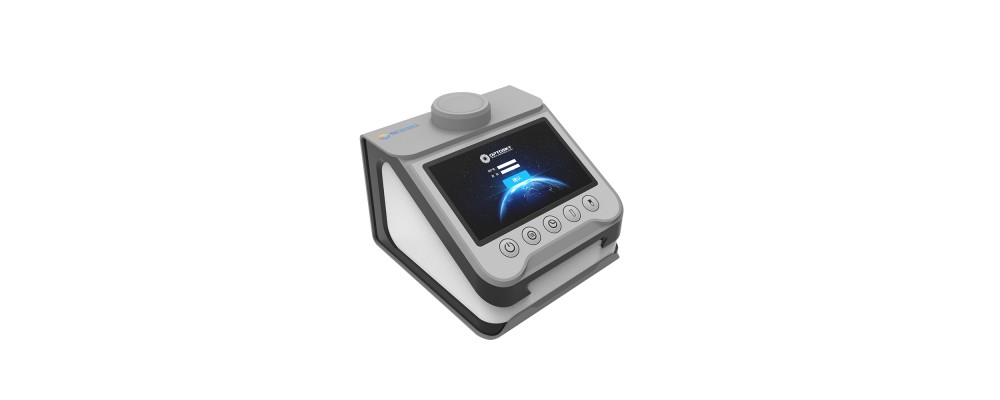How to test the nitrous nitrogen in water quality?
This article describ the measurement of nuitrous nitrofen in water.
Nitrite nitrogen (NO2-N, Nitritenitrogen) is an intermediate product of the nitrogen cycle that nitrogen-containing organic matter is decomposed by the action of bacteria. It is unstable in water, and is easily oxidized to nitrate under the action of oxygen and microorganisms, and can also be reduced to ammonia under anoxic conditions.
According to the level of nitrite nitrogen in the water, combined with the content of ammonia nitrogen and nitrate nitrogen in the water, the degree of pollution and self-purification of the water body can be evaluated.
If nitrite nitrogen is detected in the water, it indicates that the pollution is ongoing. The sources of NO2-N in water are mainly the decomposition of nitrogenous organics in domestic sewage and industrial wastewater such as fertilizers and pickling. In addition, higher concentrations of NO2-N can be introduced into farmland drainage.
The nitrite nitrogen in uncontaminated ground water is generally less than 0.1mg/L, and some groundwater may have a higher concentration of nitrite nitrogen due to the reduction effect of the stratum structure.
After nitrite enters the human body, it can oxidize low-iron hemoglobin into methemoglobin, making it lose its ability to transport oxygen.
In acidic medium, nitrite can form carcinogen nitrosamines with secondary amines. Generally, the content of nitrite nitrogen in drinking water is very low and will not affect human health.
China's "Drinking Water Hygienic Standards" does not set limits for NO2-N. China's "Surface Water Environmental Quality Standard" (GB3838-2002) stipulates that the content of nitrite nitrogen in Class I water does not exceed 0.06 mg/L, Class II water does not exceed 0.1 mg/L, Class III water does not exceed 0.15 mg/L, IV -V category water does not exceed 1.0mg/L. The World Health Organization (WHO) stipulates that the drinking water of infants and young children shall not exceed 3mg/L, and the temporary limit for long-term exposure shall not exceed 0.2mg/L.
Detector Method
The laboratory water quality ammonia nitrogen detection method is based on "GB/T7493-1987 Water Quality Determination of Nitrite Nitrogen Spectrophotometric Method". On the basis of "GB/T7493-1987 Spectrophotometric Method for the Determination of Nitrite Nitrogen in Water Quality", the diazonium spectrophotometric method was improved. By changing phosphoric acid to hydrochloric acid, the stability and storage time of the detection reagent were increased. On the basis of GB/T7493-1987 Spectrophotometric Method for the Determination of Nitrite Nitrogen in Water Quality, the diazonium spectrophotometric method was improved, and the stability of the detection reagent was increased by changing phosphoric acid to hydrochloric acid. Performance and storage time, and shorten the color development time, making this method faster and more convenient.
Principle:
In a phosphoric acid medium, when the pH value is 1.8±0.3, nitrite reacts with p-aminobenzenesulfonamide to form a diazonium salt, and then couples with N-(1-naphthyl)-ethylenediamine to form a pink dye.
There is maximum absorption at a wavelength of 540nm.

Advantage
- Easy for test

- The measurement is accurate, the correlation coefficient can reach above 0.999X, and the measurement accuracy is high.

- Accurate measurement

ATE3000 is Optosky's latest cost-effective nitrous nitrogen analyzer. The whole machine is less than 1kg. The smaller and lighter weight makes ATE very convenient to use and carry, so that you can easily complete it in the laboratory or in the field.
ATE3000 is easy to operate, with Android operating system, as long as you can use a mobile phone, you will quickly get started; Chinese automatic identification software, and is equipped with a detailed user guide manual for users to view.
The color development time is short, allowing you to complete the inspection task easily and quickly; the stable light source allows you to perform the inspection accurately and reliably.


















Comments: 0
No comments